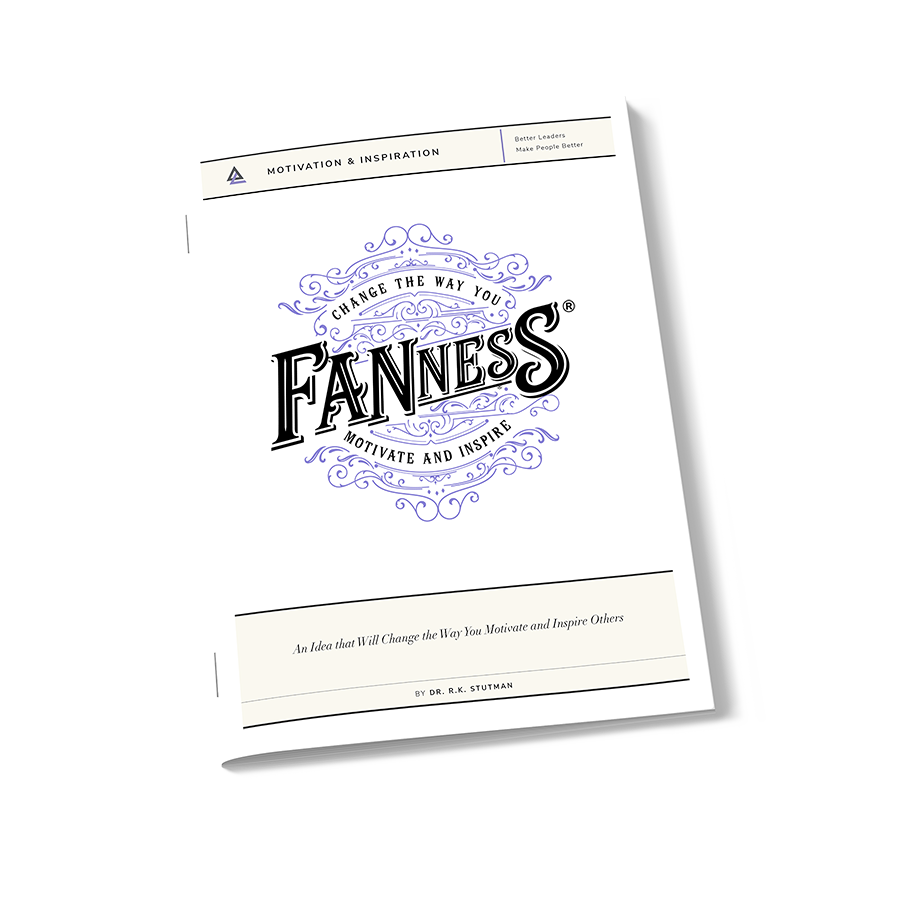Distraction is the enemy of productivity.
The more distracted a person is during a project, task, or meeting, the less productive they are.
Toggling back and forth between full engagement and distraction all day long creates a rollercoaster of attention deficit. Even small distractions cause people to take longer to finish tasks and degrade the quality of the output.
Here’s why. Distractions split cognitive resources, making information processing less efficient. When attention is divided, the brain must reallocate resources, which slows down work, impairs memory and retention, and leads to more errors.
As we all know by now, it takes a significant amount of time to refocus and return to concentrated effort every time we become distracted.
And here’s the bad news — we live in a world full of distractions and things that will take us out of focus.
Distractions are everywhere: people walking by our workstations, the desire to snack, pets needing attention, colleague requests, background noise, smartphone messages (including notifications and reminders), social media chats, news feed checks, last-minute meetings, house chores, unexpected visitors, and more.
What makes dealing with distractions even more challenging is the need for them.
Distractions are a coping mechanism for many people. We distract ourselves on purpose to regulate our stress, emotions, and anxiety.
Distractions provide relief for all kinds of things people find uncomfortable or when they are bored. For many people, distractions can be a quick hit of pleasure.
But the cost of refocusing throughout the day is a massive time sink. While a leader can’t eliminate distractions, they can design their work and routines so that they aren’t so prevalent.
If you’re serious about becoming more productive, the first step is to conduct a distraction audit.
A distraction audit identifies the most common interruptions that occur for you throughout the day. The goal of the audit is to specify the focus thieves that most often interrupt your workflow.
By logging every interruption or distraction over a set period, patterns will begin to emerge. Focus on those distractions that are unnecessary and negatively impact your work.
Once you’ve identified the biggest villains, devising strategies for having fewer of them is the way to gain some control and become more productive.
In some cases, this might mean working in a different setting, rearranging your desk position, setting rules for phone usage, and keeping certain devices out of reach at times.
Distractions are poison for productivity. Consider conducting a distraction audit to find some useful antidotes.
Distractions are plentiful, and time is short. You need a plan.

It’s Time to Conduct a Distraction Audit
Sign-up Bonus
Enter your email for instant access to our Admired Leadership Field Notes special guide: Fanness™—An Idea That Will Change the Way You Motivate and Inspire Others.
Inspiring others is among the highest callings of great leaders. But could there be anything you don’t know, you haven’t heard, about how to motivate and inspire?
Could there really be a universal principle that the best leaders follow? A framework that you could follow too?
There is.
Everyone who signs up for Admired Leadership Field Notes will get instant access to our special guide that describes a powerful idea we call Fanness™ (including a special 20-minute video that really brings this idea to life).
